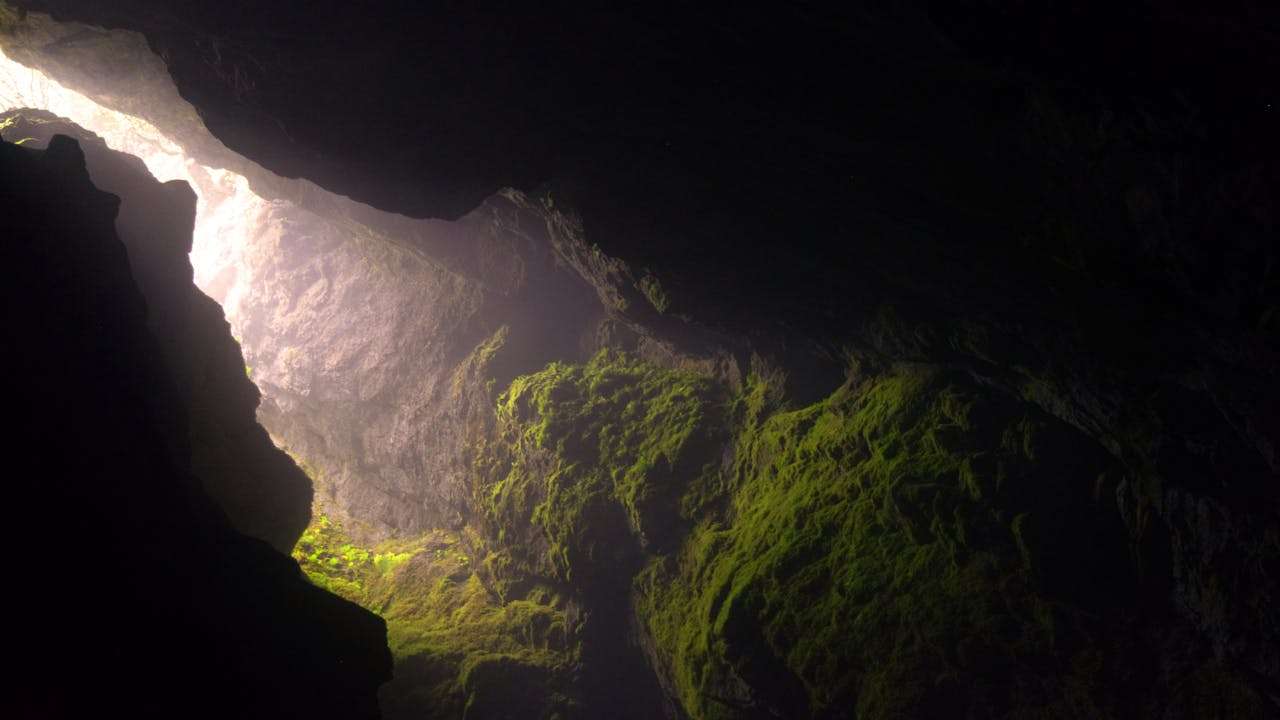Cave exploration represents a unique blend of adventure, science, and discovery, offering intrepid explorers a glimpse into the hidden depths of our planet. From vast underground chambers to labyrinthine passages, caves hold a wealth of geological wonders, ancient artifacts, and enigmatic ecosystems. This long-form piece delves into the captivating realm of cave exploration, tracing its history, highlighting remarkable discoveries, examining the challenges faced by explorers, and pondering the future of subterranean discovery.
The Dawn of Cave Exploration
Human fascination with caves dates back to prehistoric times, with early humans seeking shelter, shelter, and spiritual significance within their darkened depths. Archaeological evidence suggests that ancient civilizations utilized caves for religious ceremonies, artistic expression, and burial rites. However, it wasn’t until the 19th century that cave exploration emerged as a scientific pursuit, driven by advances in geology, cartography, and technology.
Mapping the Subterranean Landscape
Mapping caves is essential for understanding their geological formation, biodiversity, and cultural significance. Early explorers relied on crude surveying techniques such as compasses and measuring tapes to map cave passages. Today, advanced technologies such as LiDAR (Light Detection and Ranging) and 3D laser scanning enable researchers to create highly detailed maps of cave systems, revealing intricate networks of passages, chambers, and underground rivers.
Unraveling Geological Mysteries
Caves provide a window into Earth’s geological history, preserving evidence of ancient landscapes, climate change, and tectonic activity. Speleothems such as stalactites, stalagmites, and flowstones form over thousands of years, recording changes in temperature, precipitation, and atmospheric composition. Cave explorers and scientists study these formations to reconstruct past environments and unravel the mysteries of Earth’s geological past.
Discovering Hidden Treasures
Caves are repositories of natural wonders and cultural artifacts, harboring a wealth of treasures waiting to be discovered. Archaeological excavations in caves have unearthed ancient tools, pottery, and artwork, shedding light on the lifestyles and beliefs of prehistoric peoples. Paleontologists have also uncovered fossilized remains of extinct animals, providing valuable insights into past ecosystems and evolutionary history.
Navigating Extreme Environments
Exploring caves presents a host of challenges, from navigating narrow passages to overcoming darkness, humidity, and extreme temperatures. Cave explorers must possess specialized skills in rock climbing, cave diving, and wilderness survival to safely navigate subterranean environments. Technical equipment such as ropes, harnesses, and helmets are essential for conducting vertical descents and traversing hazardous terrain.
Documenting Biodiversity in the Depths
Caves are home to a diverse array of life forms, adapted to thrive in the unique conditions of the subterranean environment. Cave-dwelling organisms, known as troglobites, exhibit specialized adaptations such as reduced eyesight, pigment loss, and elongated appendages. Biologists and ecologists study these unique ecosystems to understand how life persists in the absence of sunlight and nutrient inputs, and to inform conservation efforts aimed at protecting cave-dwelling species.
Facing the Future of Cave Exploration
As we look to the future, cave exploration holds immense promise for scientific discovery, conservation, and cultural heritage preservation. Initiatives such as the Cave Research Foundation and the National Speleological Society are leading efforts to explore and protect caves around the world. By fostering collaboration between scientists, explorers, and local communities, we can unlock the secrets of the underground and ensure the preservation of these fragile ecosystems for future generations.
Cave exploration is a journey into the unknown, fueled by curiosity, courage, and a sense of wonder. From the depths of ancient caverns to the heights of towering chambers, caves offer a glimpse into the hidden realms of our planet’s subterranean landscape. As we continue to explore and protect these fragile ecosystems, let us embrace the challenges and opportunities that lie ahead, united in our quest to uncover the mysteries of the underground and preserve the wonders of the cave for generations to come.

